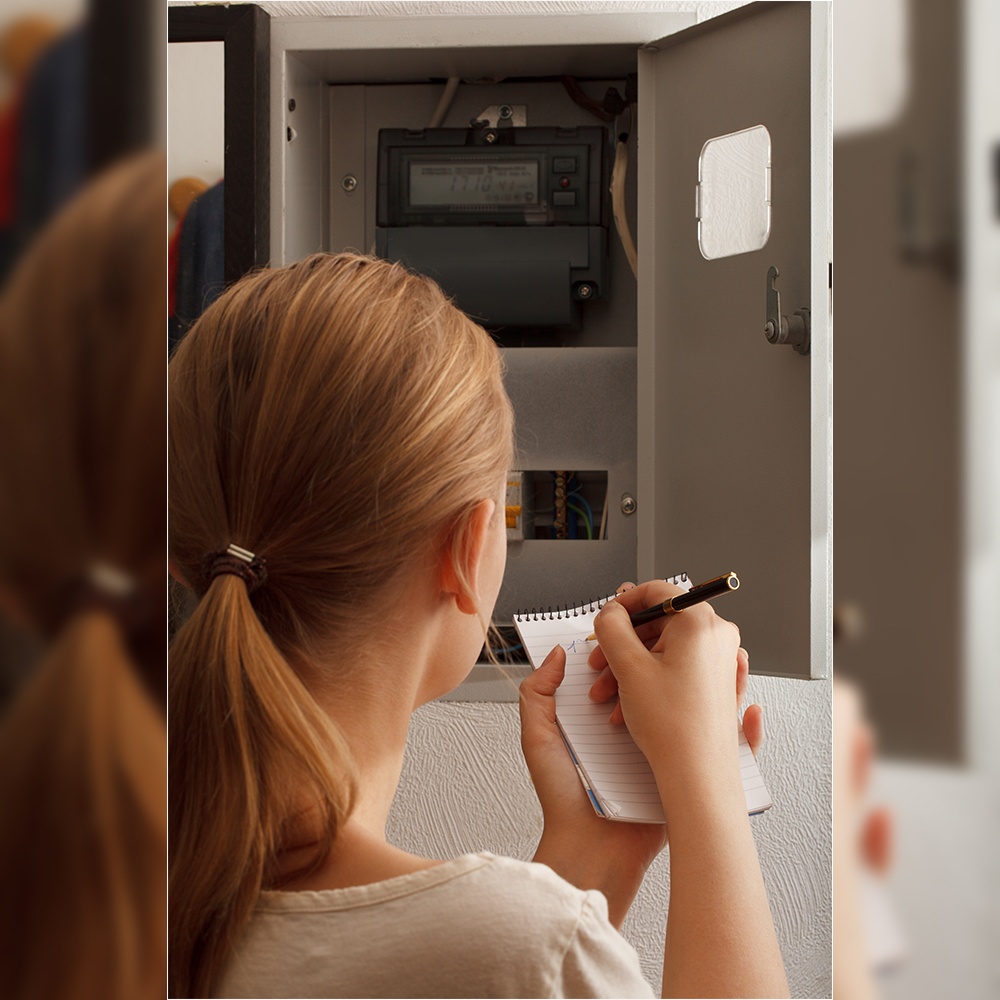
In recent years, the innovative technologies intersection of solar and wind energy technologies has sparked significant innovations in renewable energy production. This synergy between two of the most prominent renewable sources—solar power and wind energy—has not only enhanced efficiency but also diversified applications across various sectors. This article explores the cutting-edge advancements and wide-ranging applications of solar wind energy technologies shaping the future of sustainable energy solutions.
Convergence of Solar and Wind Energy Technologies
Solar wind energy, often referred to as hybrid renewable energy systems, combines the strengths of solar photovoltaics (PV) and wind turbines to optimize energy generation. These systems leverage the complementary nature of solar and wind resources, addressing the intermittency issues that each source faces individually. By integrating storage solutions and innovative grid technologies, solar wind systems can deliver more stable and reliable power outputs, making them suitable for both on-grid and off-grid applications.
Advancements in Solar Wind Hybrid Systems
Recent advancements in solar wind hybrid systems have focused on enhancing efficiency and scalability. One notable innovation is the development of integrated hybrid controllers that manage the output from solar panels and wind turbines simultaneously. These controllers use advanced algorithms to optimize energy capture and distribution, ensuring maximum utilization of available resources while minimizing energy losses.
Dual-axis Tracking Solar Panels
Dual-axis tracking solar panels represent a significant breakthrough in solar wind hybrid systems. Unlike traditional fixed-tilt panels, dual-axis trackers adjust both vertically and horizontally to follow the sun’s path throughout the day. This dynamic tracking capability increases solar panel efficiency by up to 25%, maximizing energy production, especially during early morning and late afternoon periods when the sun is at lower angles.
Wind Turbine Blade Design Innovations
In the realm of wind energy, innovations in turbine blade design have significantly improved efficiency and reliability. Advanced materials such as carbon fiber composites and aerodynamic profiles based on biomimicry principles have reduced turbine weight and increased energy capture efficiency. Moreover, the integration of sensors and predictive maintenance algorithms has enabled real-time monitoring of turbine performance, optimizing operations and maintenance schedules.
Applications Across Various Sectors
The versatility of solar wind energy technologies extends across multiple sectors, offering sustainable solutions for diverse applications. In agricultural settings, solar wind hybrid systems provide reliable power for irrigation, livestock management, and processing facilities in remote areas. These systems reduce dependency on fossil fuels, lower operational costs, and contribute to sustainable farming practices.
Urban Infrastructure and Commercial Buildings
Cities and commercial buildings are increasingly adopting solar wind hybrid systems to meet their energy demands sustainably. Integrated rooftop solar panels and small-scale wind turbines supplement grid power, reducing peak demand charges and enhancing energy resilience during grid outages.
Telecommunications and Remote Monitoring
Solar wind systems play a crucial role in providing uninterrupted power supply for telecommunications networks and remote monitoring stations. These off-grid installations utilize hybrid energy solutions to maintain connectivity in remote locations where traditional power infrastructure is impractical or unavailable.
Energy Storage Integration
The integration of advanced energy storage technologies such as lithium-ion batteries and flow batteries enhances the reliability and flexibility of solar wind hybrid systems. Energy storage solutions enable surplus energy generated during peak production periods to be stored and used during low production periods, ensuring a continuous power supply.
Artificial Intelligence and Machine Learning
Artificial intelligence (AI) and machine learning algorithms are revolutionizing the optimization of solar wind energy systems. AI-powered predictive analytics improve forecasting accuracy for solar irradiance and wind patterns, optimizing energy production and grid integration strategies.
Artificial Intelligence (AI) and Machine Learning (ML) are revolutionizing industries worldwide. AI refers to the simulation of human intelligence in machines that are programmed to think and learn like humans. These technologies are powering advancements in healthcare, finance, transportation, and more, improving efficiency and decision-making processes.
Offshore Wind Farms and Floating Solar Arrays
Floating solar arrays represent frontier areas for solar wind energy development. Offshore wind turbines harness more muscular and more consistent winds at sea, while floating solar arrays utilize water bodies for large-scale solar power generation. These innovations expand renewable energy deployment possibilities and address land scarcity concerns.
The convergence of innovative technologies and solar and wind energy technologies through hybrid systems marks a significant milestone in the renewable energy landscape. Innovations in dual-axis tracking solar panels, advanced wind turbine designs, and integrated energy storage solutions are driving efficiency gains and expanding applications across agriculture, urban infrastructure, telecommunications, and beyond. As research continues to push the boundaries of technological capabilities, solar wind energy holds immense potential to play a pivotal role in achieving global energy sustainability goals. The future of solar wind energy is bright, powered by innovation and a commitment to harnessing nature’s abundant resources for a cleaner, greener tomorrow.